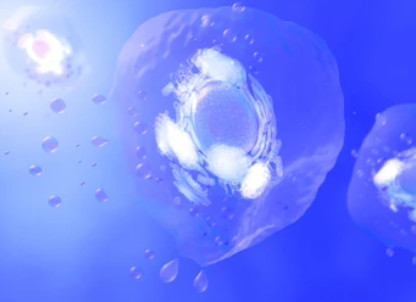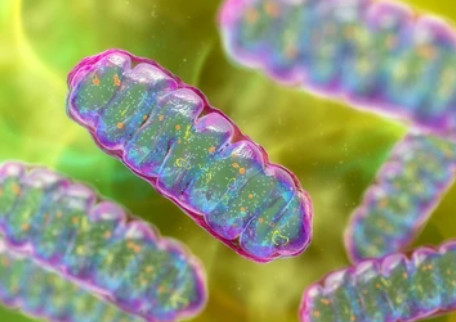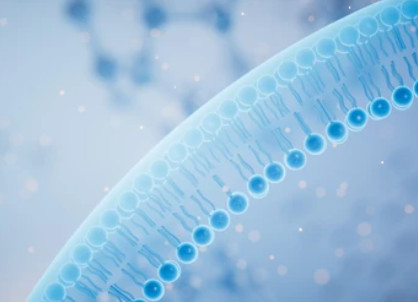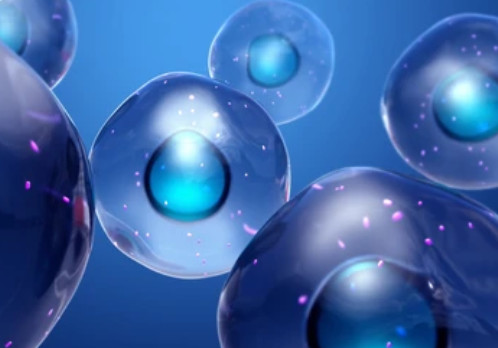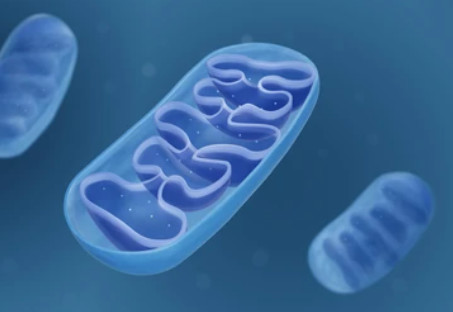Membrane Omics Analysis Services
Online InquiryThe life activities of living organisms are mainly carried out by cells as the basic unit. There is a membrane on the surface of the cell that separates each cell from its surroundings, maintains a relatively stable internal cellular environment, and has a protective effect on the cell. At the same time, the constant exchange and transport of substances between the cell and its surroundings also relies heavily on the cell membrane. In addition, various metabolic activities in living cells are closely related to the structure and function of the cell membrane.
Membrane lipids
Phospholipids, cholesterol, glycolipids, there are about 109 lipid molecules on the plasma membrane of each animal cell, that is, about 5x106 lipid molecules per square micrometer of the plasma membrane.
Membrane proteins
Cell membrane proteins (including enzymes) are mainly bound to membrane lipids in two forms. There are two types of proteins: intrinsic proteins and extrinsic proteins. Intrinsic proteins are covalently bound to the hydrophobic portion of phospholipids with polar ends, both inside and outside the membrane. Extrinsic proteins are bound to the outer ends of intrinsic proteins by non-covalent bonds or to the hydrophilic head of phospholipid molecules, such as carriers, specific receptors, enzymes, and surface antigens.
Membrane sugar
Membrane sugars include glycoproteins and glycolipids. Membrane sugars are mainly oligosaccharide riddles and polysaccharide chains, which are covalently bonded to membrane lipids or proteins to form glycolipids and glycoproteins. The majority of these glycan chains are exposed on the outside (non-cytoplasmic) side of the membrane. Polysaccharide-protein complexes, cell shell cell coat and other monosaccharides sorted on specific as cell or protein markers - antigenic determinants clusters, recognizable, bound to transmitters, hormones, etc.
 Mammalian cell schematic and cell membrane diagram (Priola et al., 2015).
Mammalian cell schematic and cell membrane diagram (Priola et al., 2015).
Creative Proteomics provides you with a professional membrane multi-omics analysis platform. We have high-resolution mass spectrometry instruments and a professional bioinformatics team to provide you with membrane proteomic, membrane metabolomic and membrane lipidomic analysis services. We aim to provide you with high-quality services to accelerate the progress of your project and open up new horizons.
The Membrane Assays We Offer Include but Are Not Limited to:
1. Membrane isolation and purification
2. Membrane proteomics analysis
High-performance liquid chromatography-tandem mass spectrometry (LC-MS/MS) technology is a high-throughput and high-sensitivity proteomics analysis method that has been widely used in recent years, effectively realizing quantitative analysis and separation and analysis of low-abundance proteins.
- Membrane protein identification
- Study of protein expression patterns: study of the characterization of all proteins in a particular cell or tissue under specific conditions
- Study of protein function patterns: reveal all protein functions and their modes of action
- Study of protein-protein and protein-DNA interactions
- Analysis of outer and inner membrane proteins
- Analysis of post-translational modifications of membrane proteins
- Structural analysis of proteins
3. Membrane metabolomics analysis
- Membrane metabolite differential expression analysis
- Qualitative and quantitative analysis of membrane metabolites
4. Membrane lipidomic analysis
- Analysis of membrane lipid composition and levels
- Analysis of differential expression of membrane lipid molecules
- Qualitative and quantitative analysis of membrane lipid molecules
- Cell membrane fatty acid analysis
Basic Analysis
- Data quality control and molecular identification
- Expression quantitative analysis
- Differential analysis
- Functional annotation and enrichment analysis
Reference
- Priola, J. J. (2015). 'Omics Analysis and Cellular Engineering for the Overexpression of Membrane Proteins in Mammalian Cells (Doctoral dissertation, Johns Hopkins University).
Related Services
* For Research Use Only. Not for use in diagnostic procedures.



